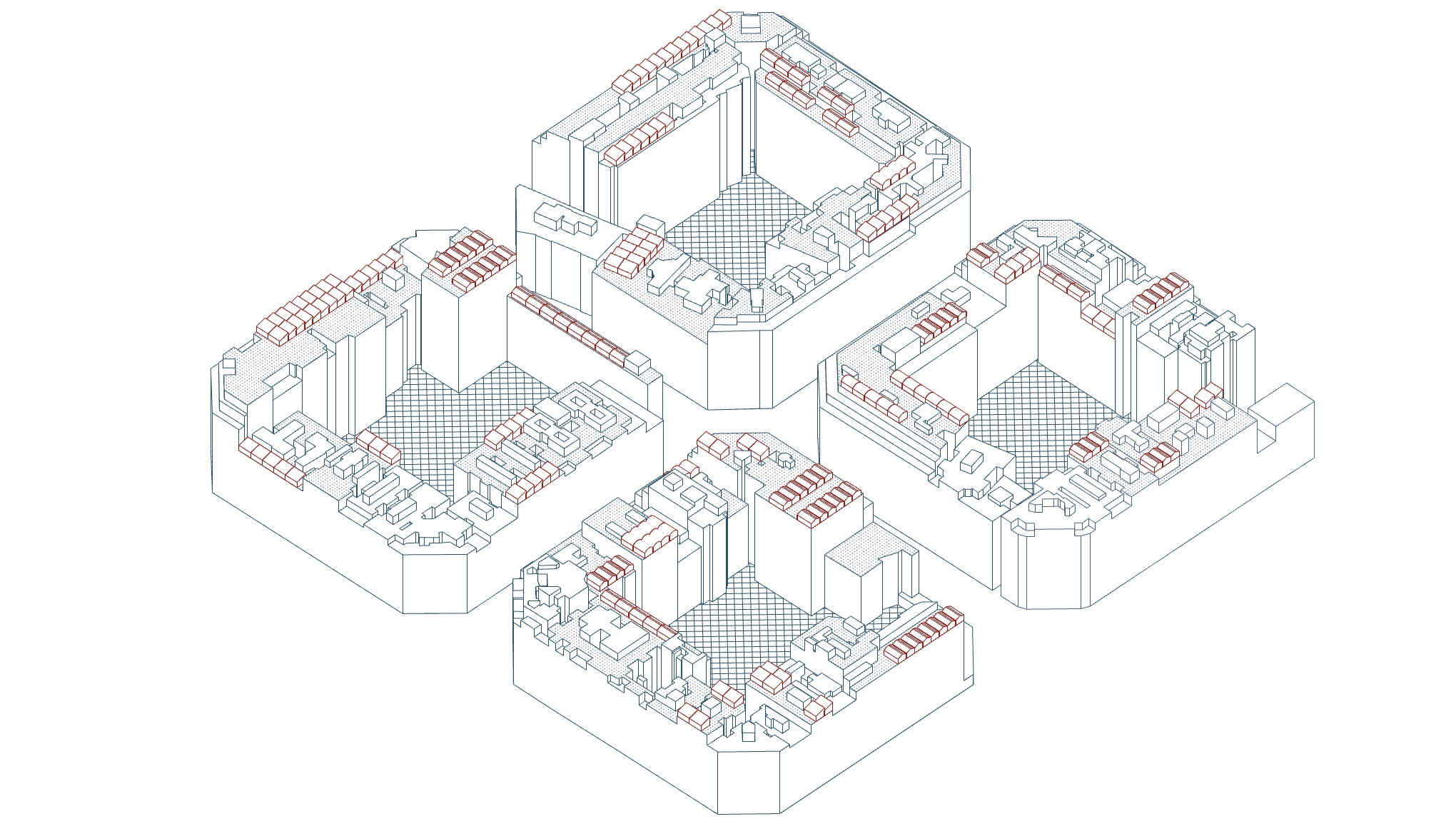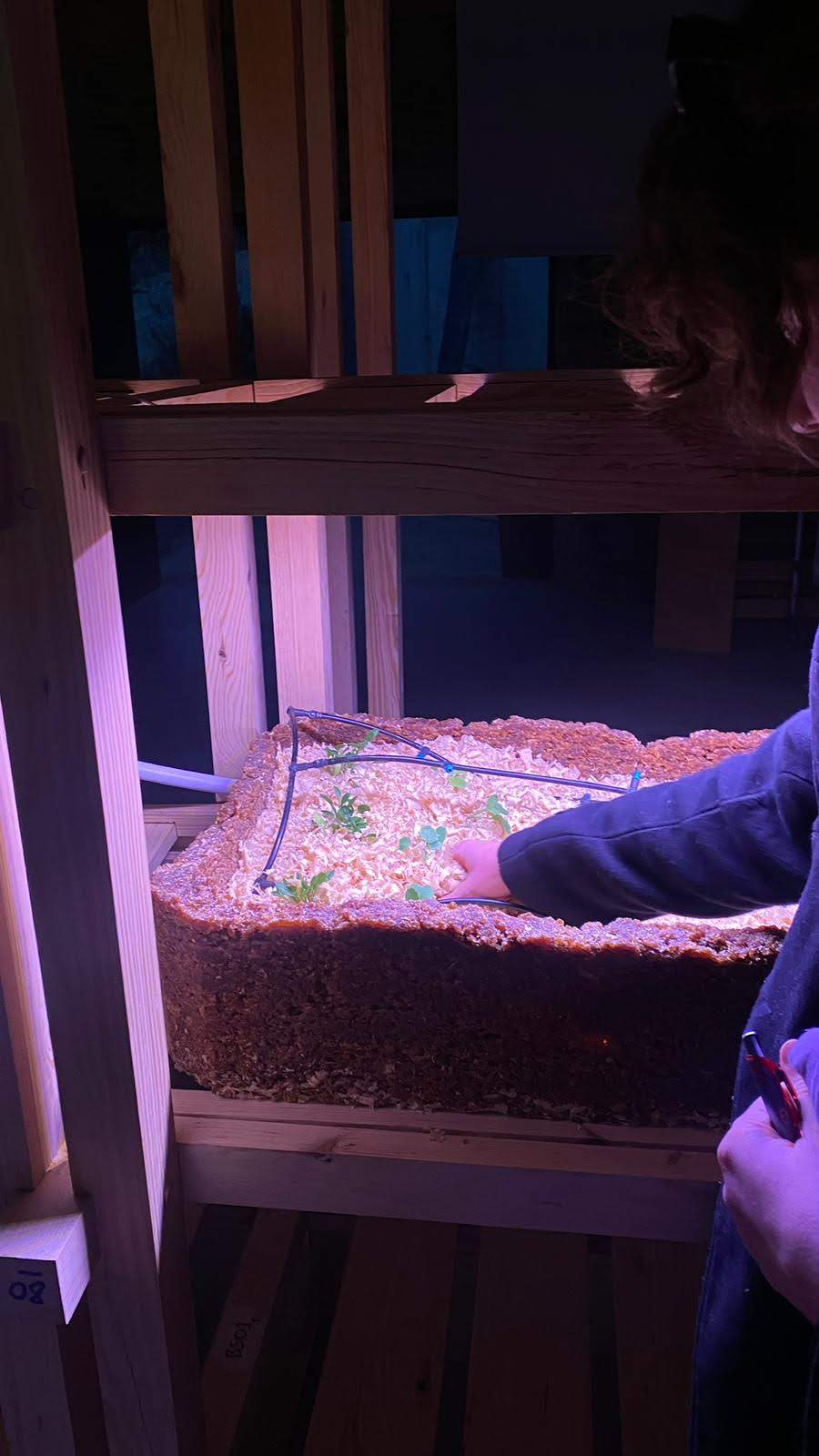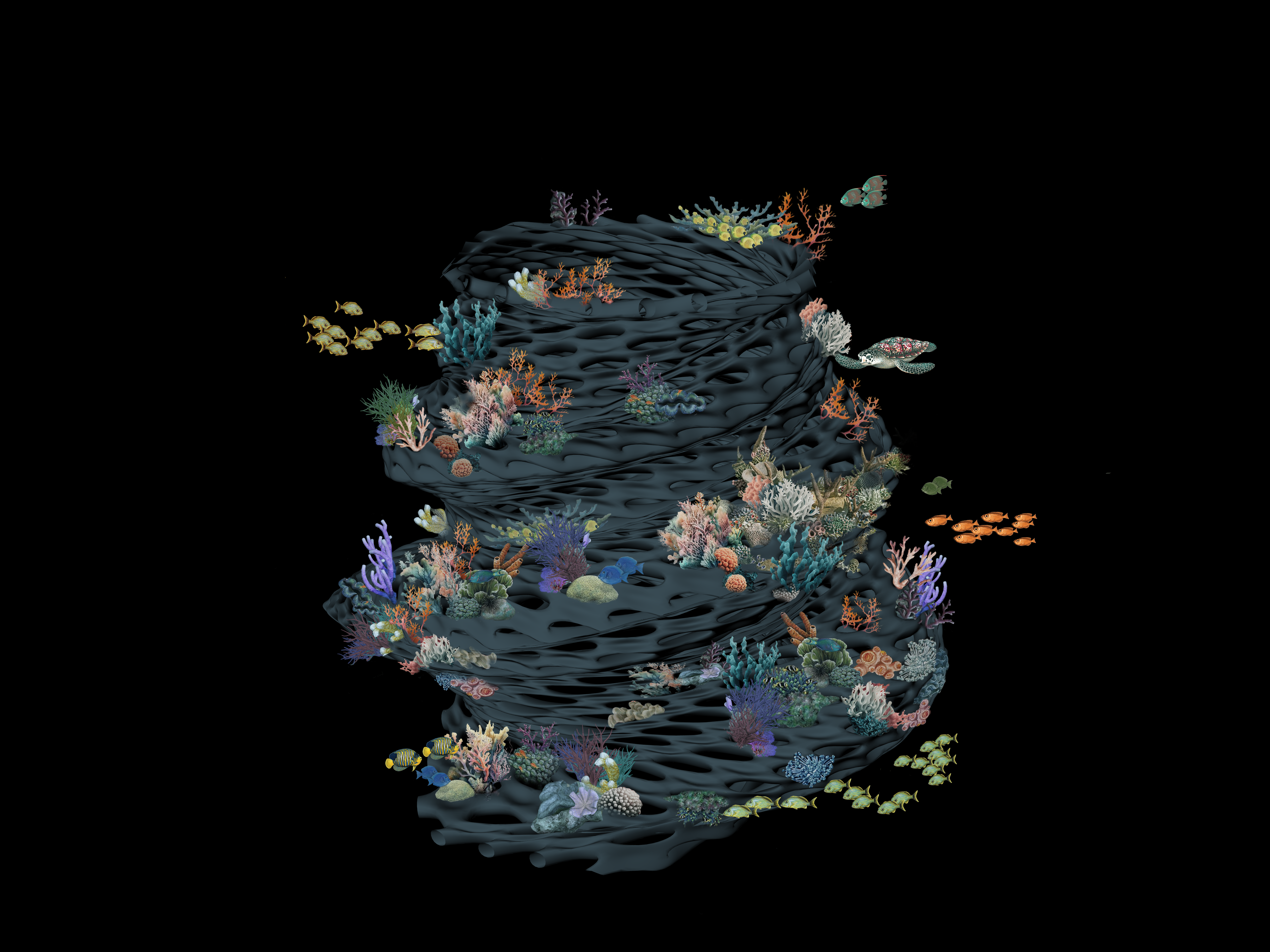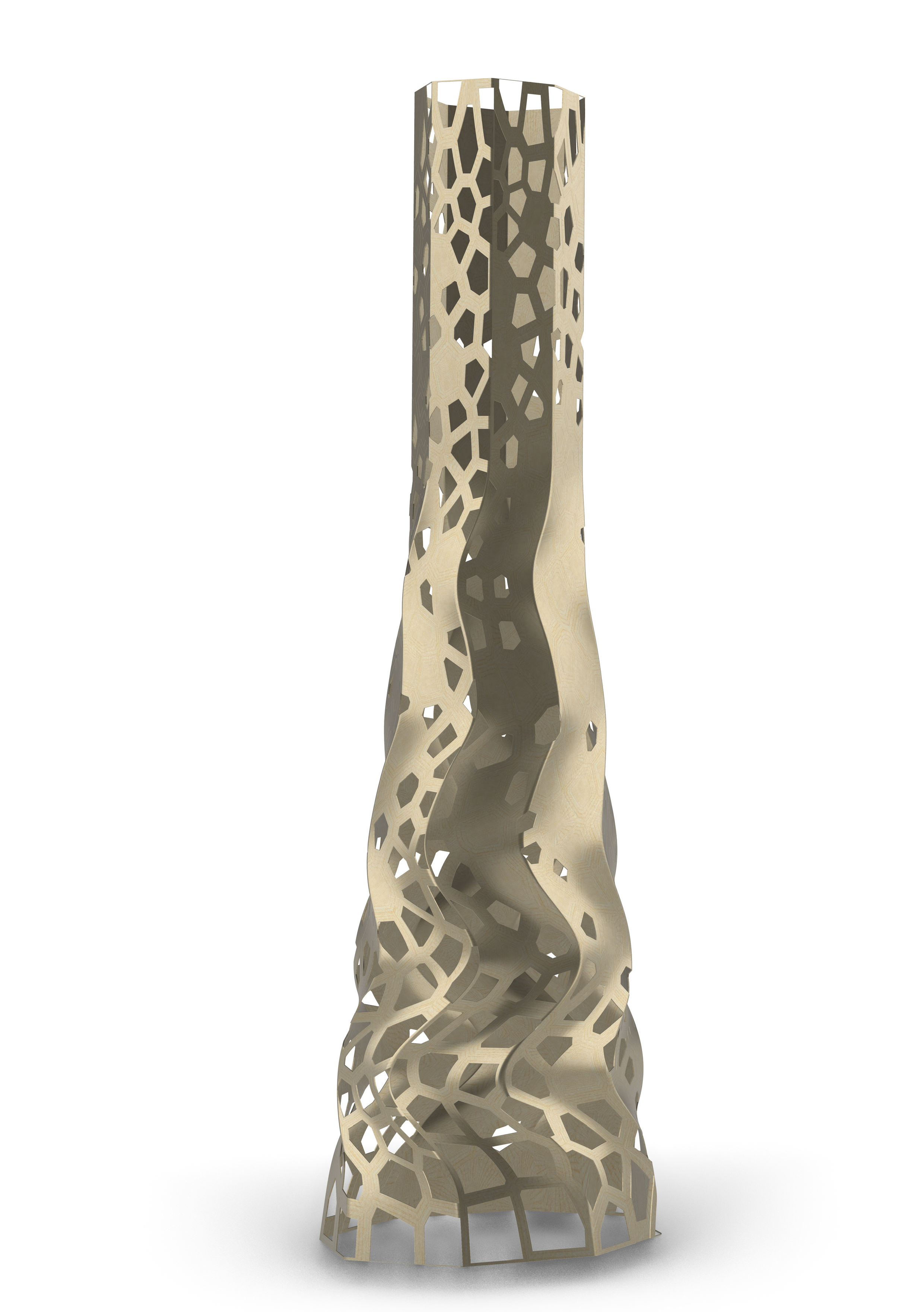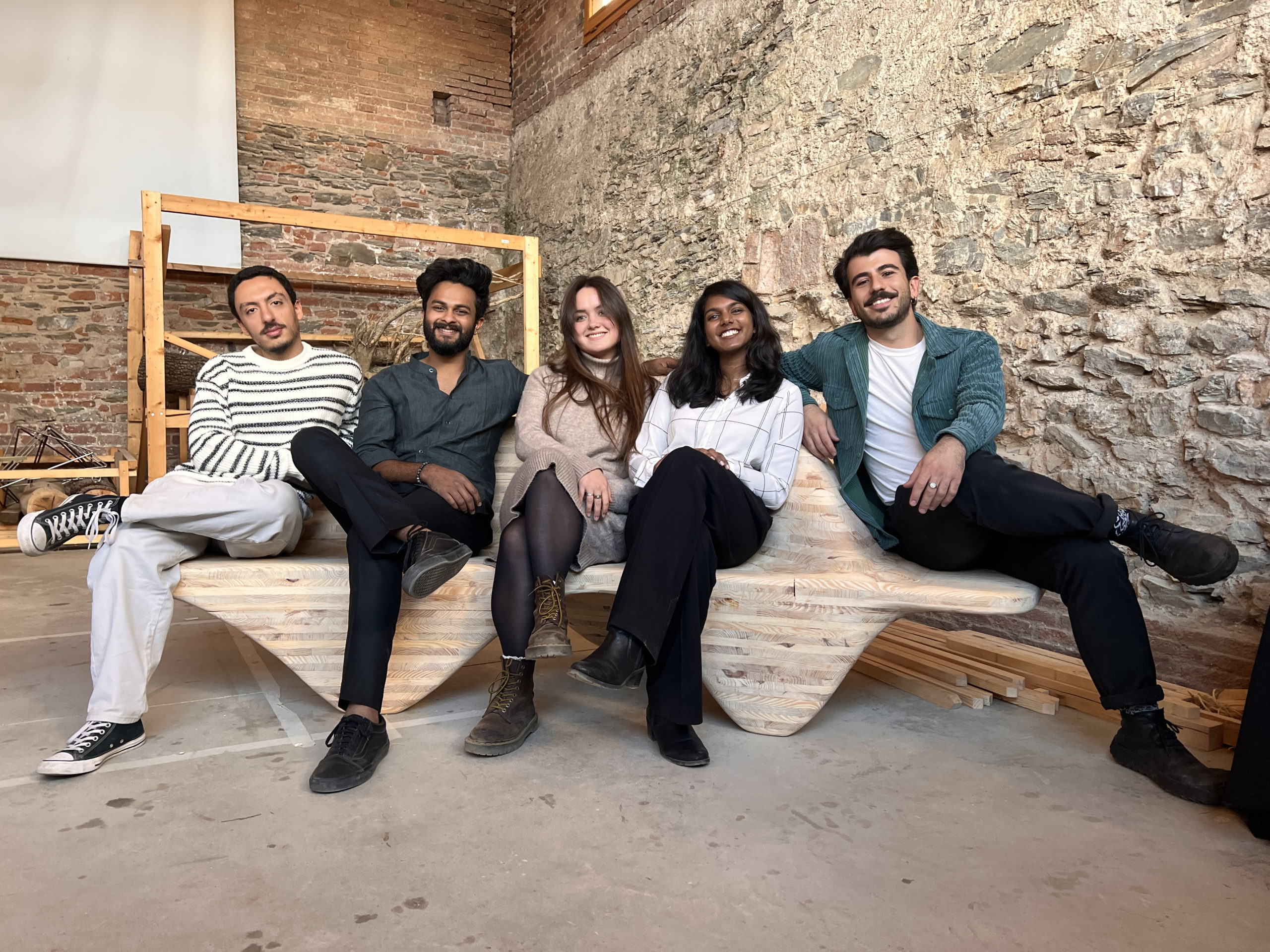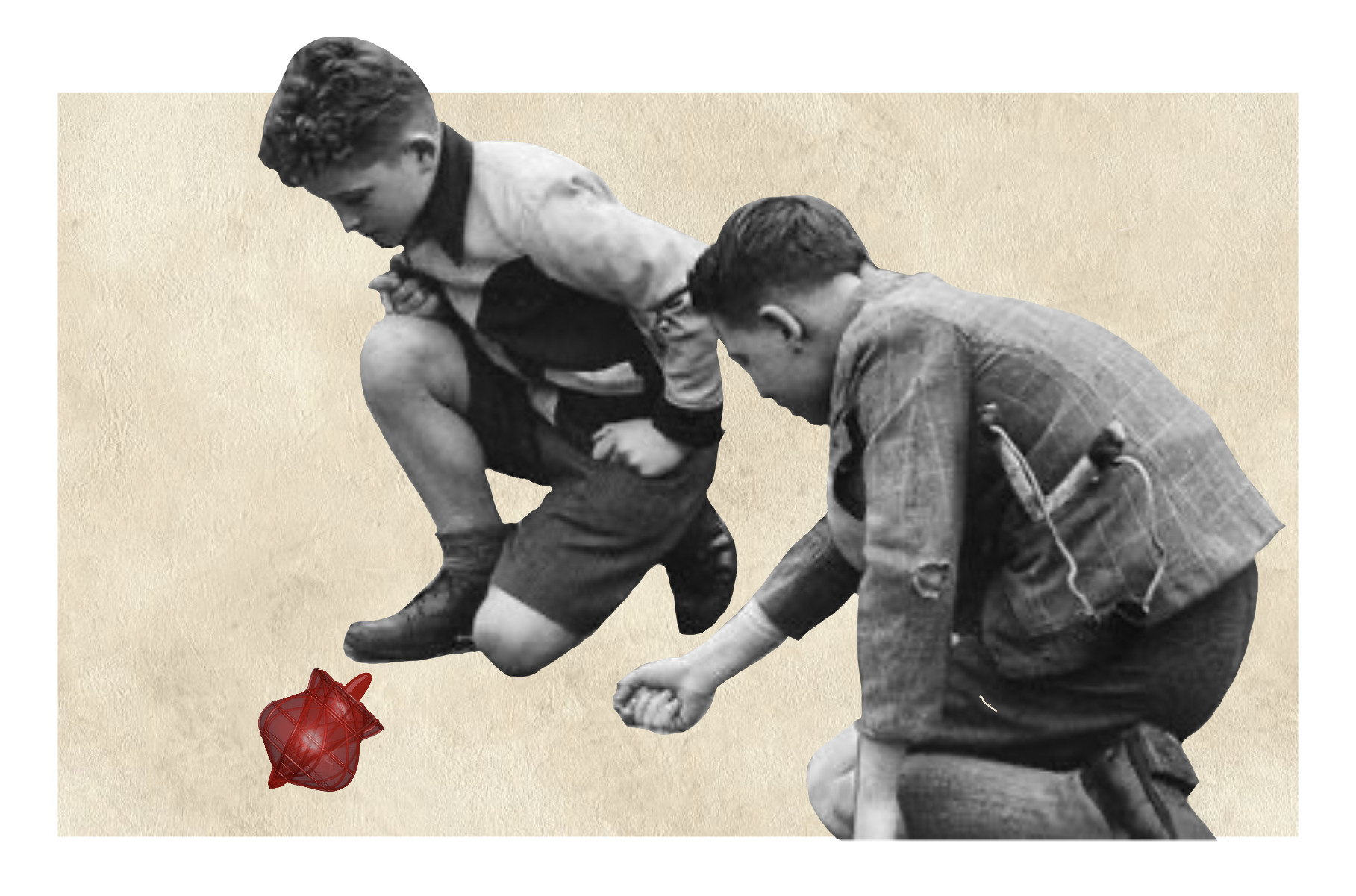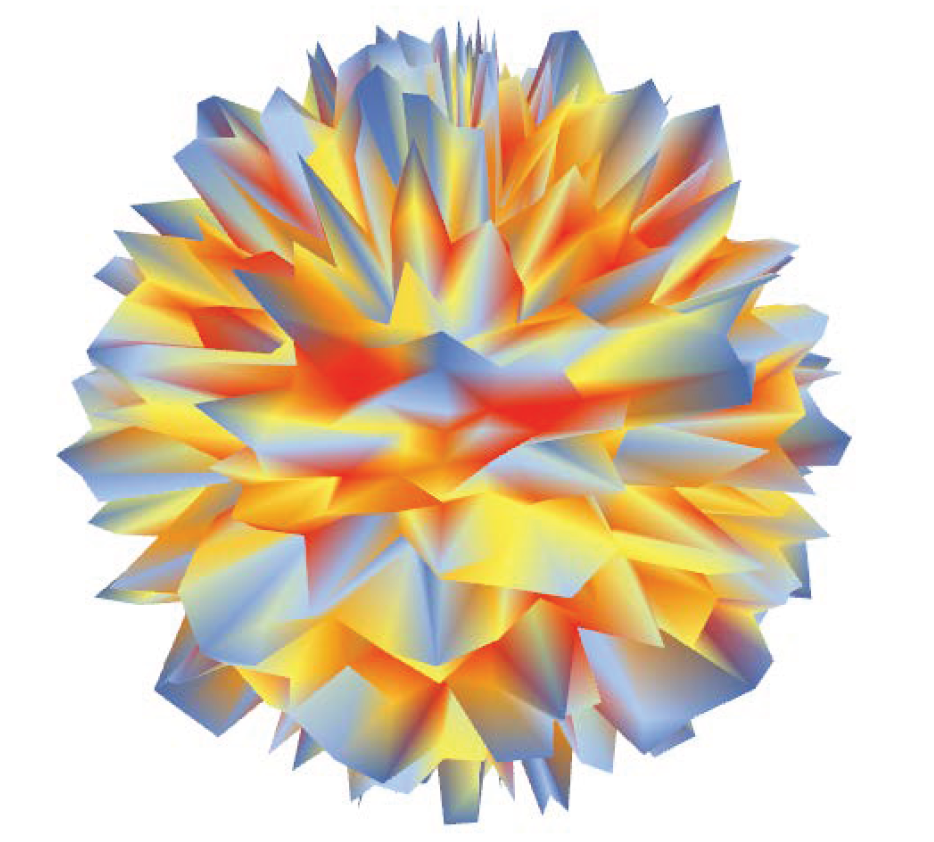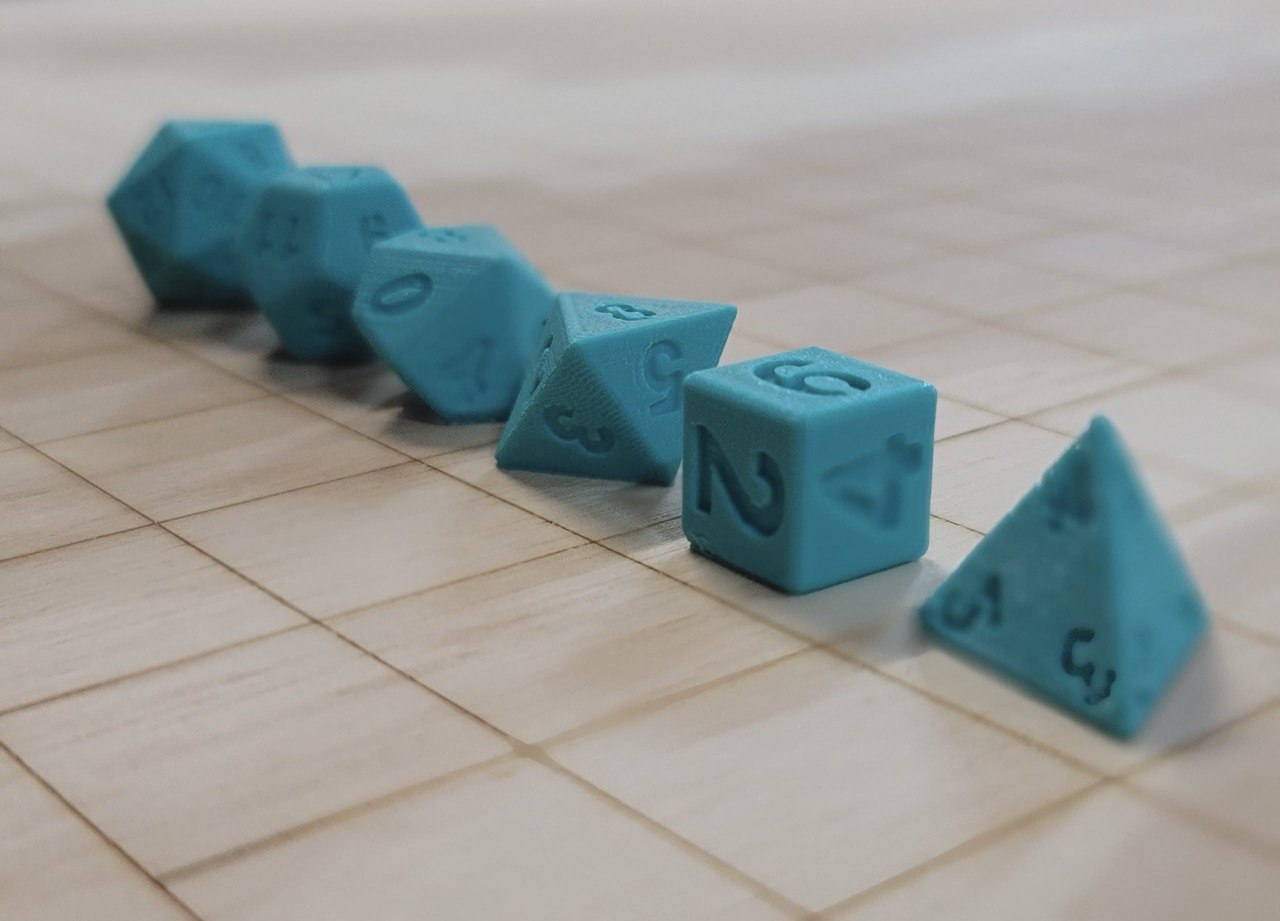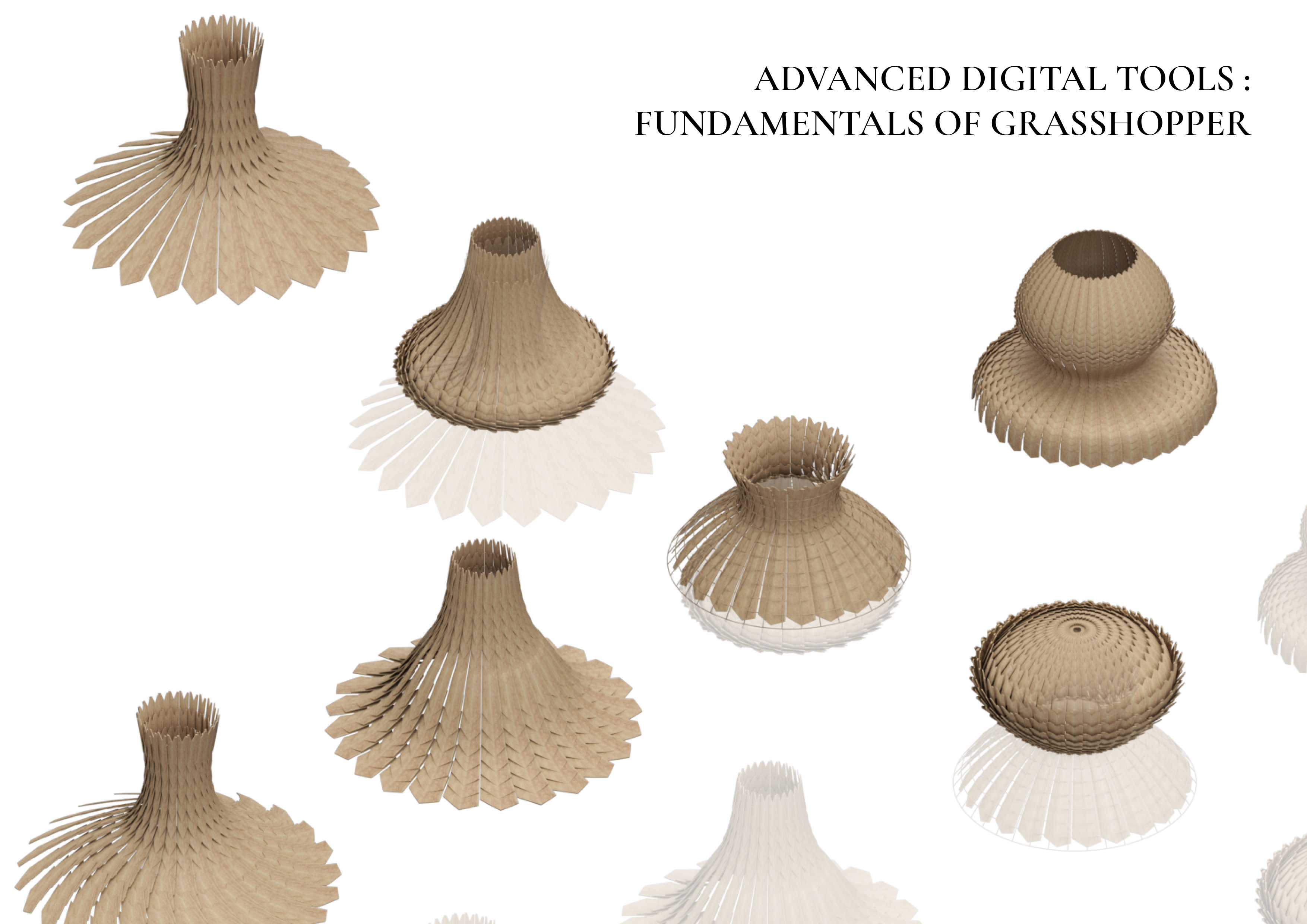Urban Farming on Barcelona’s Rooftops
This ambitious initiative envisions a future where Barcelona embraces self-sufficiency by cultivating its own food in the heart of the urban environment. Through the medium of captivating imagery, we aim to spark the collective imagination and prompt thoughtful reflections across diverse social and political circles. As we reimagine the city with greenhouses on its rooftops, … Read more

